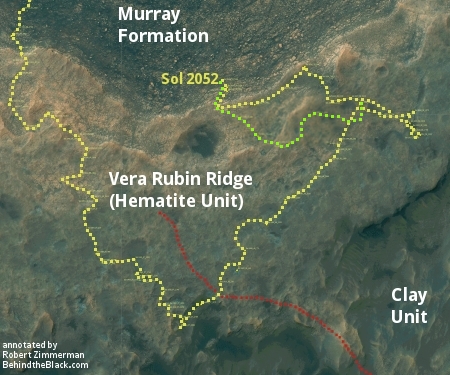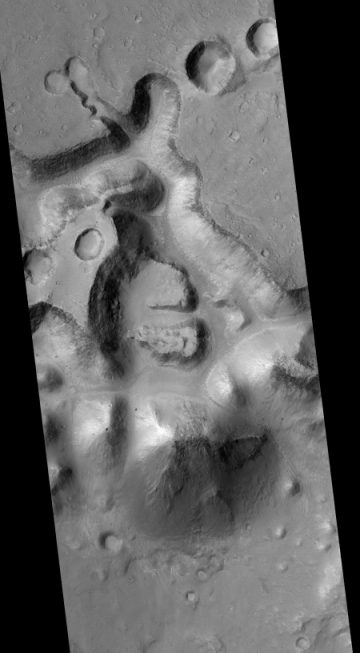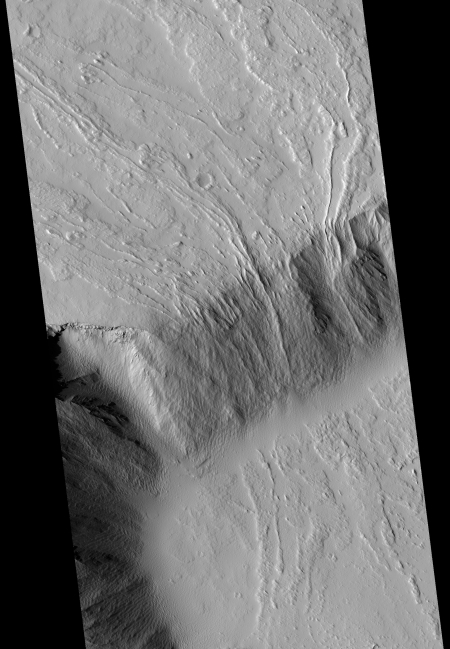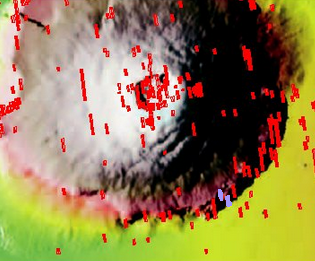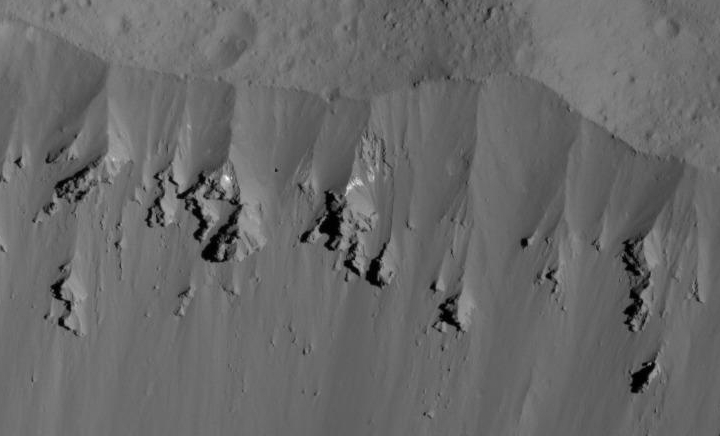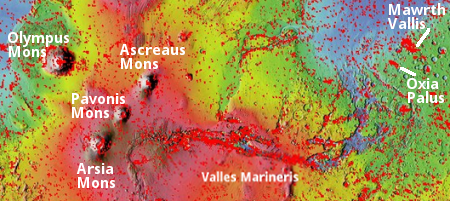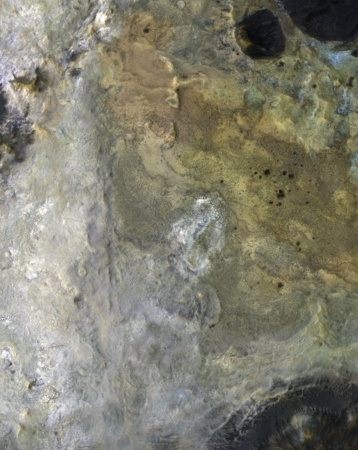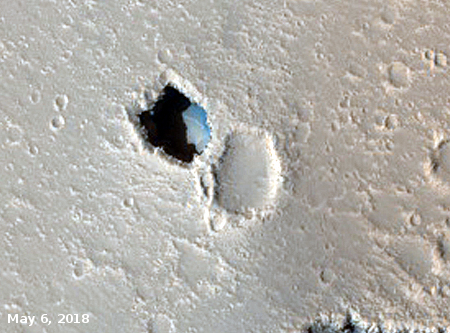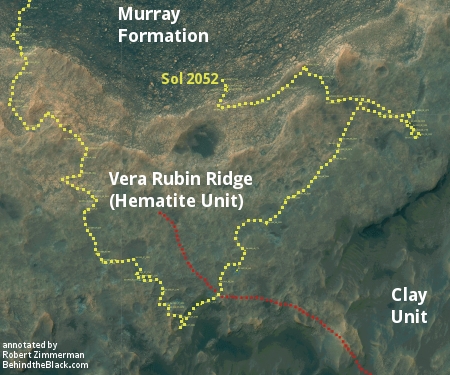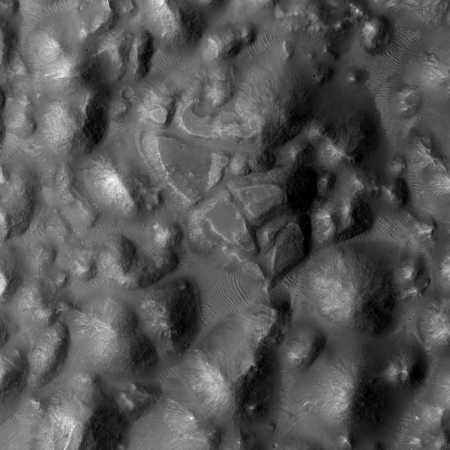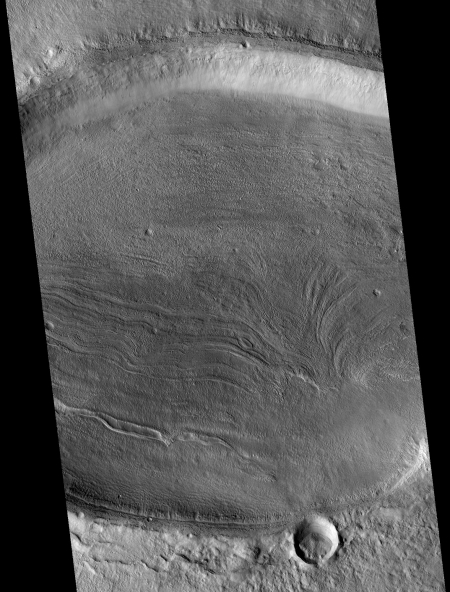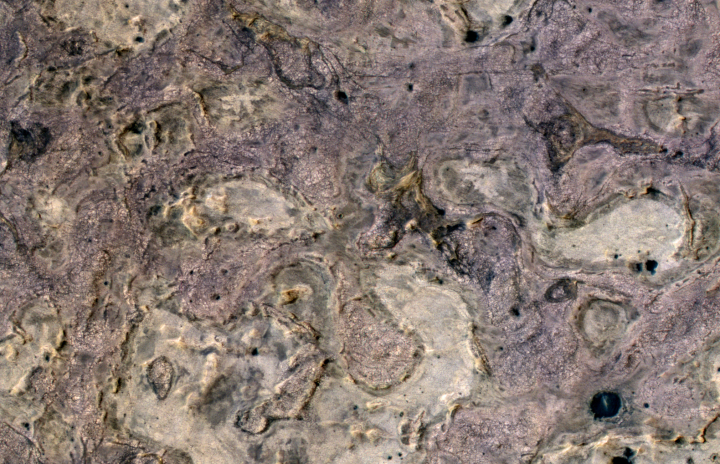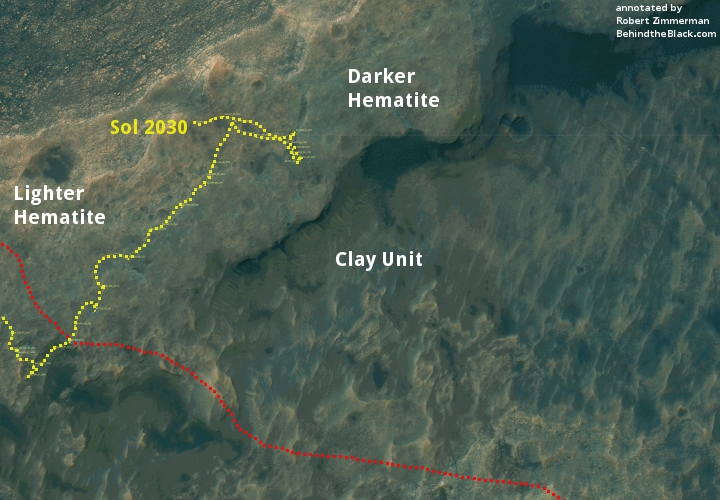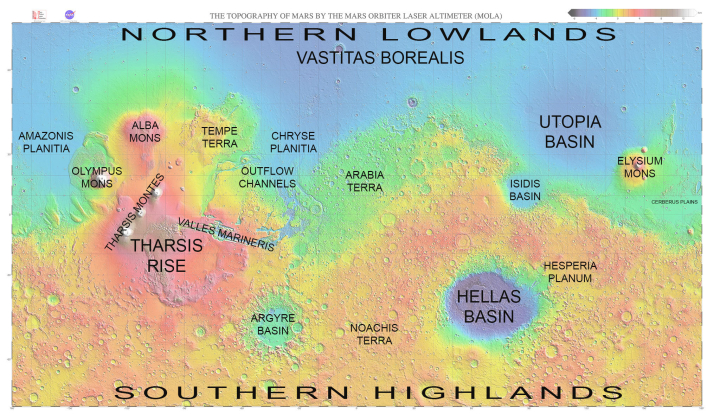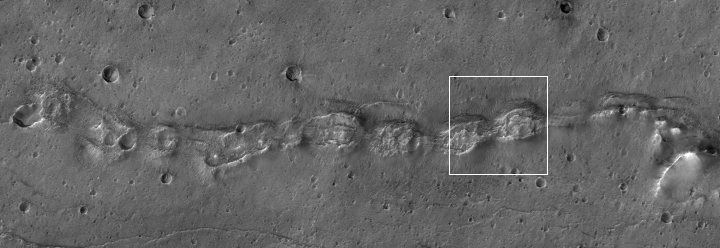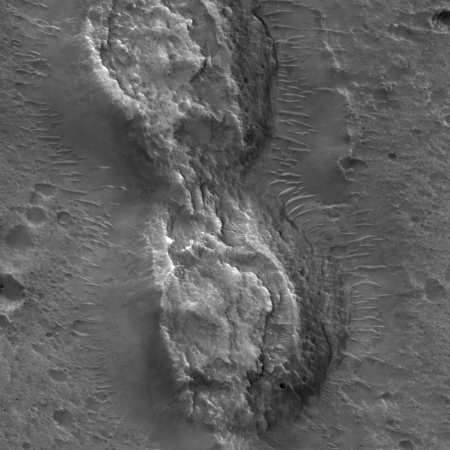Last week there was a much bally-hooed public event where several very well known scientists from both sides of the global-warming debate were given an opportunity to make their case before the public. Though they were not the only speakers, the two names that were of the most interest were Michael Mann (global warming advocate) and Judith Curry (global warming skeptic).
Mann’s appearance was especially intriguing, because he has very carefully insulated himself from any unpredictable public questioning in the decade since the climategate emails were released (revealing that his objectivity and rigor as a scientist could be considered very questionable). With Curry as an opposing panelist it seemed to me that this event could produce some interesting fireworks.
The event was in West Virginia, too far away for me to attend. However, one of my caving buddies from back when I lived in DC and caved monthly in West Virginia, John Harman, lives in West Virginia and as the owner of a company that builds space-related equipment I knew he’d be interested. I let him know about the event, and he decided to make the two and a half hour drive to watch.
Below is John’s detailed report on the event. You can see Judith Curry’s full presentation and script here.
I only have one comment, indicated by my headline above. The way this event was staged was specifically designed to prevent a real debate. There was no vibrant give and take between participants. Instead, the speakers were each given time to make their presentation, and then were faced with what appeared to be preplanned questions. Very staged. When Curry was given a question she didn’t expect, she said so, and was surprised.
This is not how real science is done. Michael Mann strongly pushes the theory that the increase in carbon dioxide in the atmosphere, caused by human-activity, is warming the climate. His work has been strongly challenged by qualified scientists like Judith Curry. For science, and the truth, to prosper, Mann has to be willing to face those challenges directly, and address them. Instead, this event as well as every other public forum that Mann has participated in for the past decade have all been designed to protect him from those challenges. Nor has Mann been the only global warming enthusiast protected in this way.
The result is a decline in intellectual rigor and the rise of politics and propaganda within the climate science community, as noted by Curry in her last slide. She calls this “The Madhouse effect”:
The madhouse is characterized by
- Rampant overconfidence in an overly simplistic theory of climate change
- Enforcement of a politically-motivated, manufactured ‘consensus’
- Attempts to stifle scientific and policy debates
- Activism and advocacy for their preferred politics and policy
- Self-promotion and ‘cashing in’
- Public attacks on other scientists that do not support the ‘consensus’
Curry notes that she was forced out of academia expressly because of these factors, merely because she expressed skepticism concerning the hypothesis of human-caused global warming.
The worst part of this lack of debate is that it now permeates our society. In every area of importance to our nation’s future, debate is now impossible. The left, to which global warming activists like Michael Mann routinely belong, will not tolerate it, and will do anything to avoid it, even so far as to destroy the careers of anyone who dares challenge them. This is what Mann advocated in the climategate emails, and this is exactly what happened to Judith Curry.
Anyway, take a look at John’s very fair-minded report of the event. You will find it quite edifying.
» Read more



